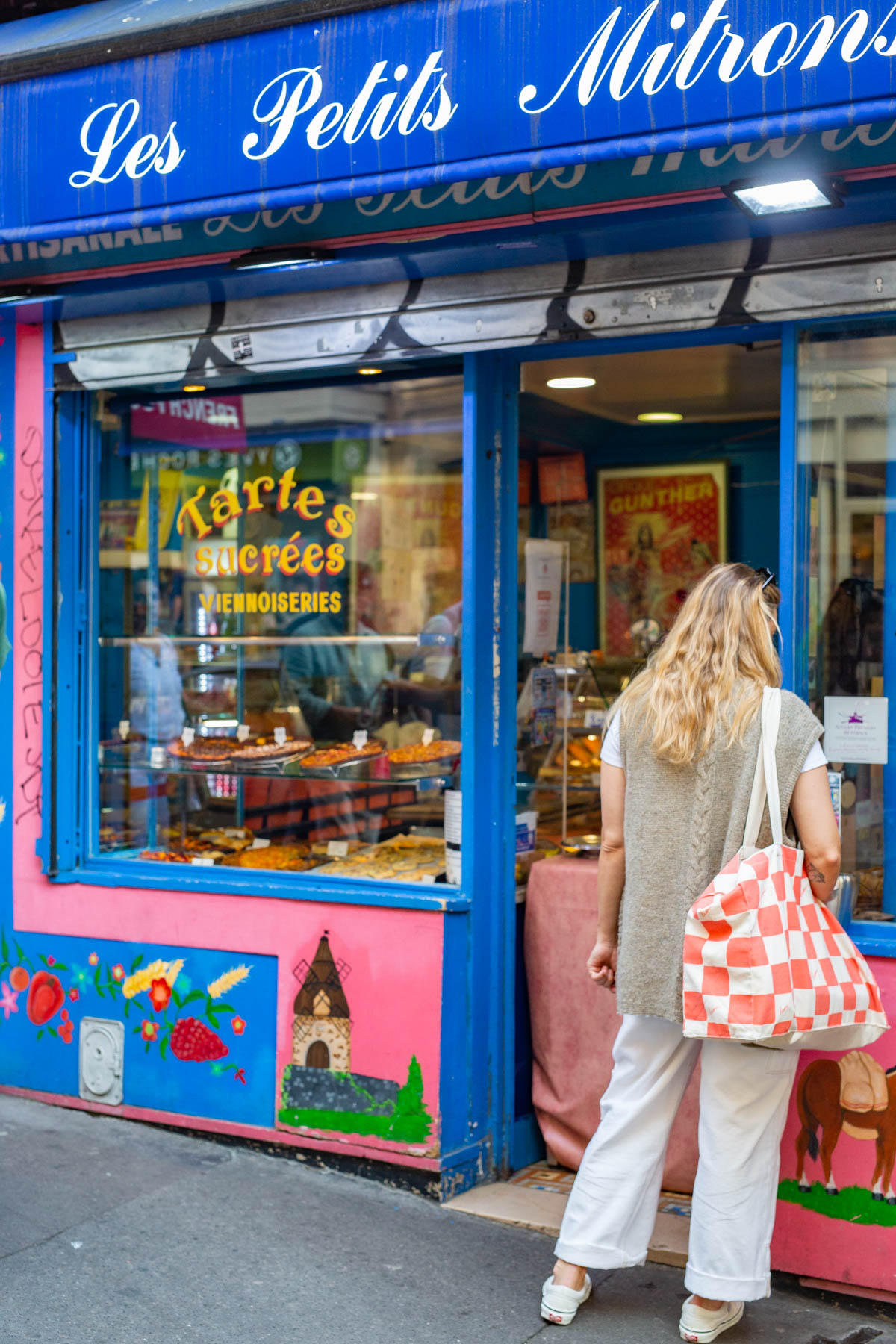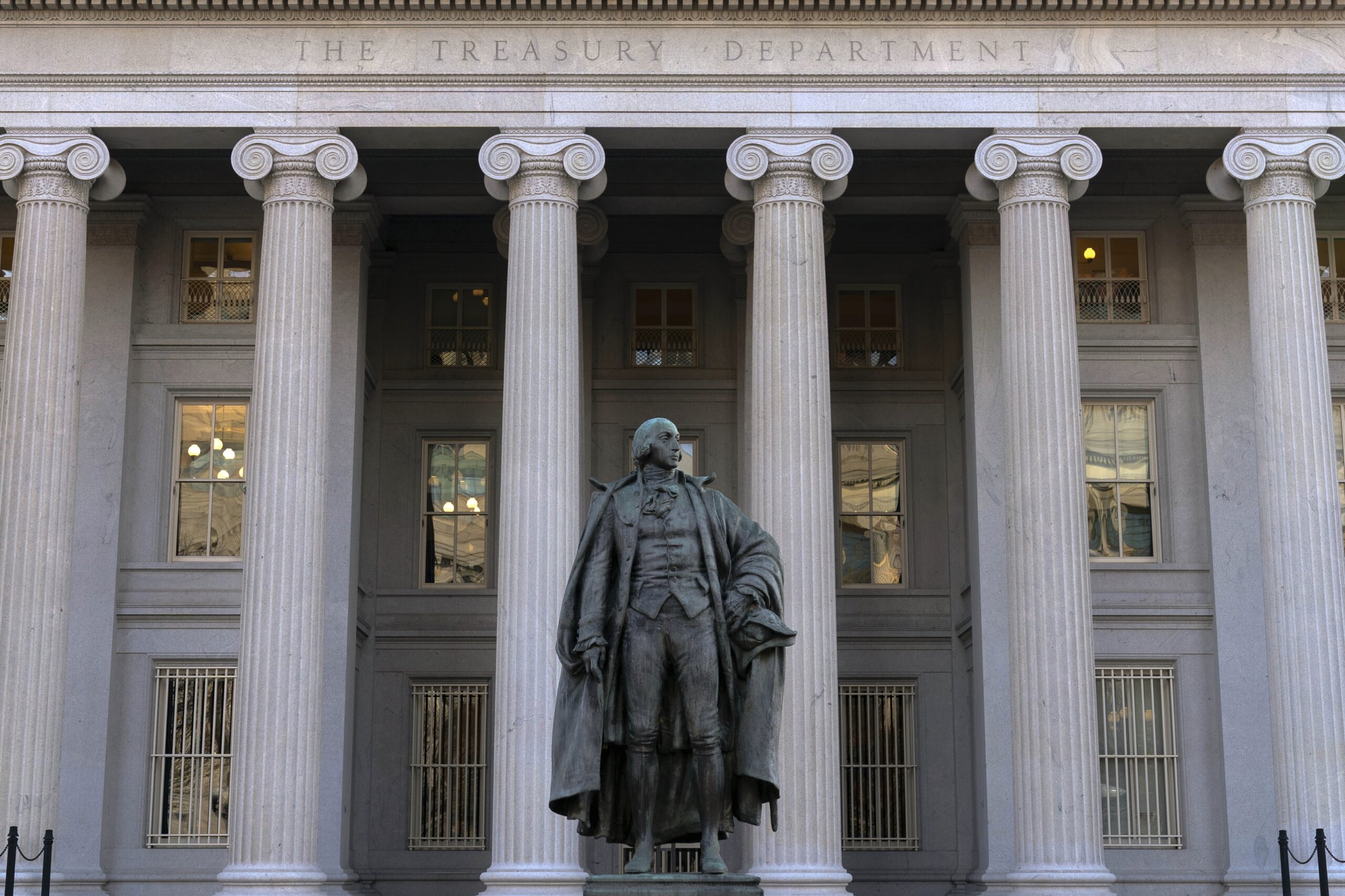Loose Lips hears that Mayor Muriel Bowser just spent her summer vacation in Jamaica, and who could blame her for wanting to escape D.C.’s August heat? But it turns out Herroner has other reasons to avoid her Colonial Village digs these days.
The mayor’s $1.2 million home is currently getting a taxpayer-funded renovation, according to D.C. permit records. An eagle-eyed tipster points out that the city’s Department of General Services, which maintains and builds D.C. facilities, secured permits for $525,000 worth of construction at Bowser’s home between March and April.
Much of the work includes security upgrades to the two-story house. Documents filed with the Department of Buildings describe the replacement of a “security booth” on the property for the mayor’s Metropolitan Police Department detail, as well as the installation of a new fence behind the home and three “exterior light poles w/ integrated security cameras.” (Amusingly, some of the permits describe the project as the “renovation to MPD 4th District North Office, which may be technically accurate, but leaves out some important context.) The plans submitted to DOB also call for the widening of the home’s driveway, the replacement of a retaining wall that runs alongside it, and the installation of a new guardrail at the house’s “rear yard terrace.”
Other permits describe more cosmetic changes to the home, such as the replacement of the front door and front-facing windows, the addition of roofs over uncovered portions of the home, and renovations to the basement. These projects are managed by the same private construction firms working with DGS on the security upgrades, but they are not listed among the elements of the project coordinated by the city agency, so it’s unclear whether they’re also publicly funded. Either way, the permit records suggest that this is the first time the city has managed any construction on the property since 2015 when Bowser moved in.
Spokespeople for both DGS and Bowser herself did not respond when LL reached out about these plans. But, unprompted, an MPD spokesperson emailed to say “we do not discuss security measures with respect to the areas of responsibility that are maintained by MPD.”
“It is part of the security and technology enhancements that are necessary to ensure their safety,” the spokesperson adds, though they did not respond to LL’s follow-up questions about the project.
Like most other major cities, D.C. doesn’t maintain an official residence for its mayor, opting instead to provide security so they don’t have to leave their homes and can still live among the people they represent. (In fact, the city considered two different properties for an official mayoral residence under then-Mayor Tony Williams before abandoning the idea in 2003.) So it’s logical that the city would spend some money on fortifying the mayor’s home, especially with the frequency of protests aimed at bringing the District’s troubles to her front door. But that doesn’t mean this is an ideal setup, either.
“The reason why we have a vice president’s house for the United States is because, at some point, people figured out that the public spending money for security improvements enhances the value of the property, and that accrues to the individual property owner and not to the public,” says Council Chair Phil Mendelson, who adds he can’t recall similarly extensive renovation work for the homes of any of the five mayors he’s served alongside. He stresses, however, that he doesn’t want to “second guess” the project since he isn’t familiar with all the details.
“Presumably, they’re in the interest of security, and that’s important, too,” Mendelson adds.
D.C. Auditor Kathy Patterson, another veteran of the mayoral mansion debate from her time as the Ward 3 councilmember, says the closest analogue she can think of is when Mayor-for-Life Marion Barry had a security fence installed in the backyard of his Capitol Heights home all the way back in 1984. Then, shortly after he won his third term in 1995, Ward 8 activists spotted city workers covertly manicuring Barry’s Anacostia yard and clearing away some trees obstructing his view of the D.C. skyline. He later claimed they were merely repairing damage from “the earlier installation of security cameras, lights, and telephones on the property,” per a previous LL’s coverage of the incident.
Most other mayors have avoided such home improvement controversies.
Williams, for instance, spent his two terms living in an apartment building, so there was never a need for the city to make improvements. The plans to establish a mayoral residence for him at either the Old Naval Hospital building on Capitol Hill or on a 17-acre property on Foxhall Road NW controlled by philanthropist Betty Brown Casey both fell apart amid concerns about the optics of the city spending millions to ensconce the mayor in one of the District’s two most elite communities.
“The way life works in politics, decisions are often political rather than rational,” Mendelson says, sighing as he notes that the city would’ve been able to make security improvements exclusively at a mayoral residence rather than spending money on each new mayor’s private home.
Then-mayor Adrian Fenty had his fair share of controversies over the use of his security detail, but few specifically focused on his house—much like Bowser, MPD installed a guard shack at his Crestwood home. Ditto for Vince Gray at his Hillcrest abode. (Much of Gray’s home renovation drama arose when he was still Council chair and faced accusations that he’d built a fence on his property without the appropriate permits; he was even forced to tear the fence down under criticism from Fenty.)
Bowser has had similar security measures constructed at her home since she moved in, but this recent glow-up is a bit more extensive than other mayoral renovation projects. And, absent more details from the city, it’s difficult to tell where the security upgrades end and more cosmetic changes to the home begin.
All of the design documents filed with city agencies list the same private contractors: chiefly, Chiaramonte Construction Company, Citadel Architects, and Capital Construction Enterprises. The installation of the new security cameras is plainly related to the mayor’s safety, but what about the plans to improve the retaining wall next to her driveway, or the addition of a new “dormer” to the top floor of her home? The documents don’t clarify whether taxpayers are on the hook for the whole project or only some of its elements.
The lines get similarly blurry when you consider that the companies managing this work are both frequent city contractors and top political donors. Maria Corrales, the vice president of Capital Construction Enterprises, has contributed big checks to Bowser, Fenty, and Green Teamers like ex-Ward 4 Councilmember Brandon Todd for many years, per campaign finance records. (In 2022, Bowser’s Office on Women’s Policy and Initiatives also honored Corrales as one of eight “Women of Excellence” for her service to the community.) Similarly, Frank Chiaramonte, the head of his eponymous firm, has also given hundreds to Bowser and her favored candidates over the years (such as At-Large Councilmember Kenyan McDuffie in 2022, Marcus Goodwin in 2020, and ex-Ward 8 Councilmember LaRuby May in 2015) in addition to some of her rivals, such as ex-Attorney General Karl Racine and At-Large Councilmember Robert White.
LL does not discount the political reality in D.C. that big contractors are basically expected to fill the coffers of local politicians if they want to keep attending the right cocktail parties. But he must admit that still feels a bit discomfiting to see these political insiders working on the mayor’s house, when all their improvements will ultimately bolster the private property’s value.
That’s not to say a mayoral mansion is a perfect fix for D.C., either. LL suspects it’s probably a good thing that the District’s mayors live among their constituents in at least some capacity.
But is it so much to ask for a little transparency when taxpayers are footing the bill? As ever with Bowser, it seems the answer to that particular question is “yes.”
Recommended Stories
link







More Stories
Erika Jayne Details “Budget” House Renovation: Exclusive Pics
Americans delay home improvements in latest blow to US housing market
Inside Gene Hackman compound where star indulged his love of home improvement and hid away from the world – before he was found dead there with wife Betsy Arakawa and their dog